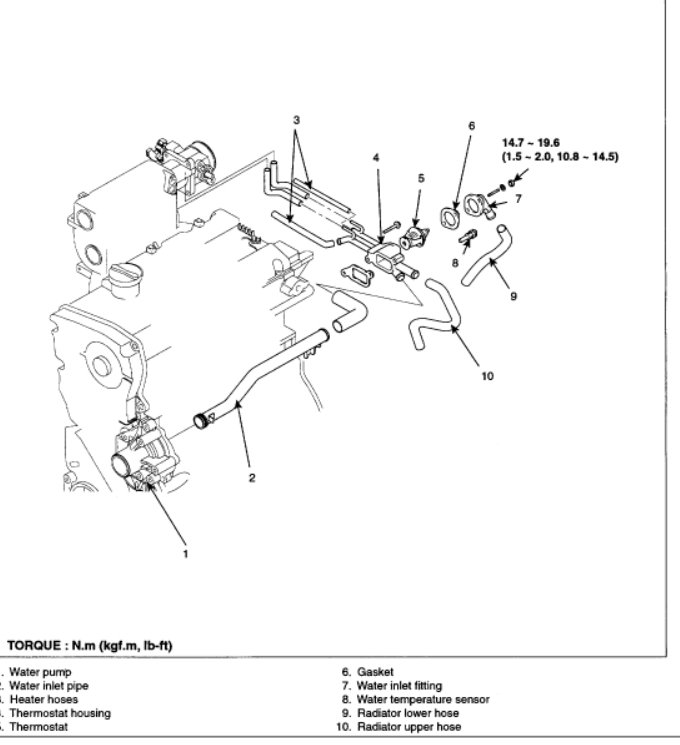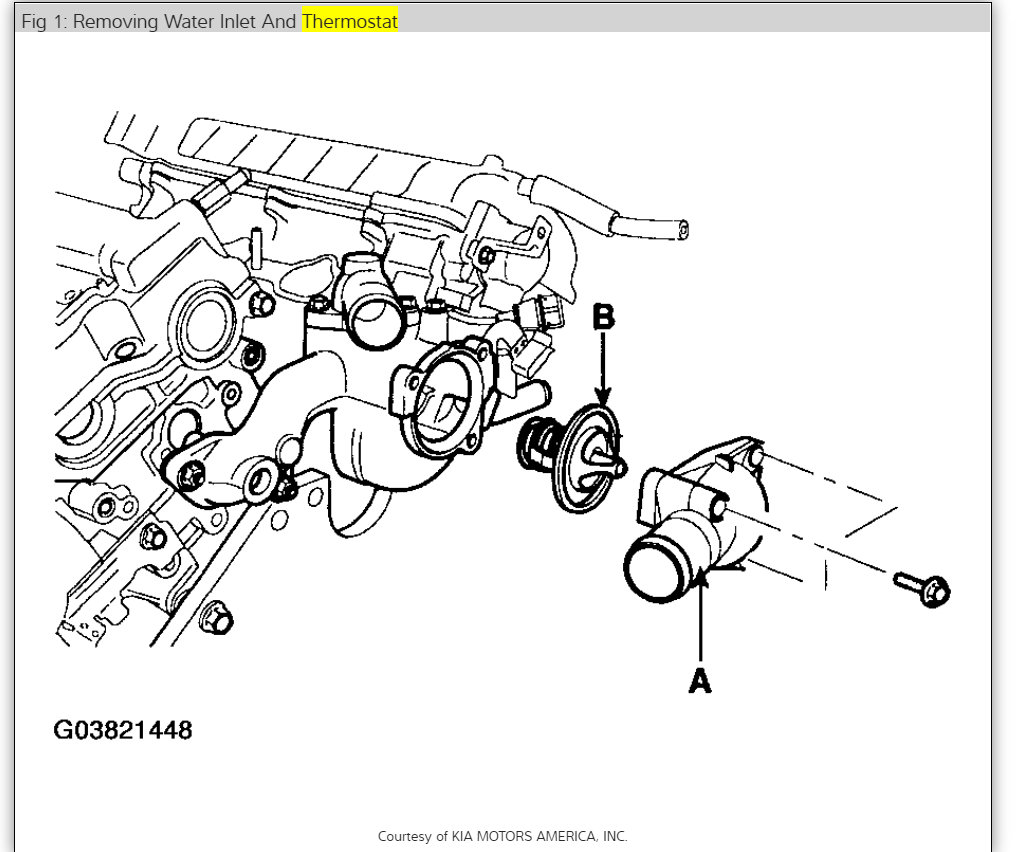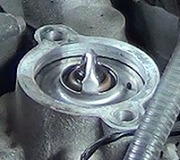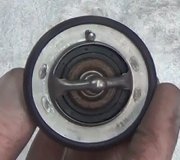In order for your engine to run efficiently the computer must recognize a constant operating temperature removing the thermostat might keep the engine "too cool"---the computer might remain in "closed loop" this is sorta a quick explanation of the loops there are two "loops"---"open" and "closed" open means the sensors are giving the computer "real time" info, example: o2 sensor is telling the computer the oxygen content in the exhaust so it can adjust the injectors to get the most efficient "burn" possible being that it takes a little while for the o2 to warm up to "transmit" info. How does the engine run? Same goes for "temperature sensors---it must get to operating temperature before it is "sensed" by the computer the engine runs "closed loop" during the time it awaits for sensor to "come on line"---which means the computer has "preset" values programmed into it--it runs off of them, until all sensors come on-line. Closed loop sorta means, the engine components are "fed false info", that will make the engine run---this "loop" is not efficient, usually you will notice it runs rich--mpg goes down!
This is not only true for the o2 sensors, but other sensors not working will cause this (staying in closed loop)---closed loop is basically "default"
"open loop" is when the computer runs the engine off of "right now!"--"real time" information----basically the present environment is being sensed by the computer---barometric pressure/ oxygen content in the fuel/ engine temperature/ air movement into the engine/ etc. Etc. With this info, the computer does not rely on "preset/ default" information to make inefficient "fuel decisions"----it can now use the "present environmental info" to make efficient fuel decisions giving your vehicle peak performance
the medic
Tuesday, February 9th, 2021 AT 5:44 PM
(Merged)






